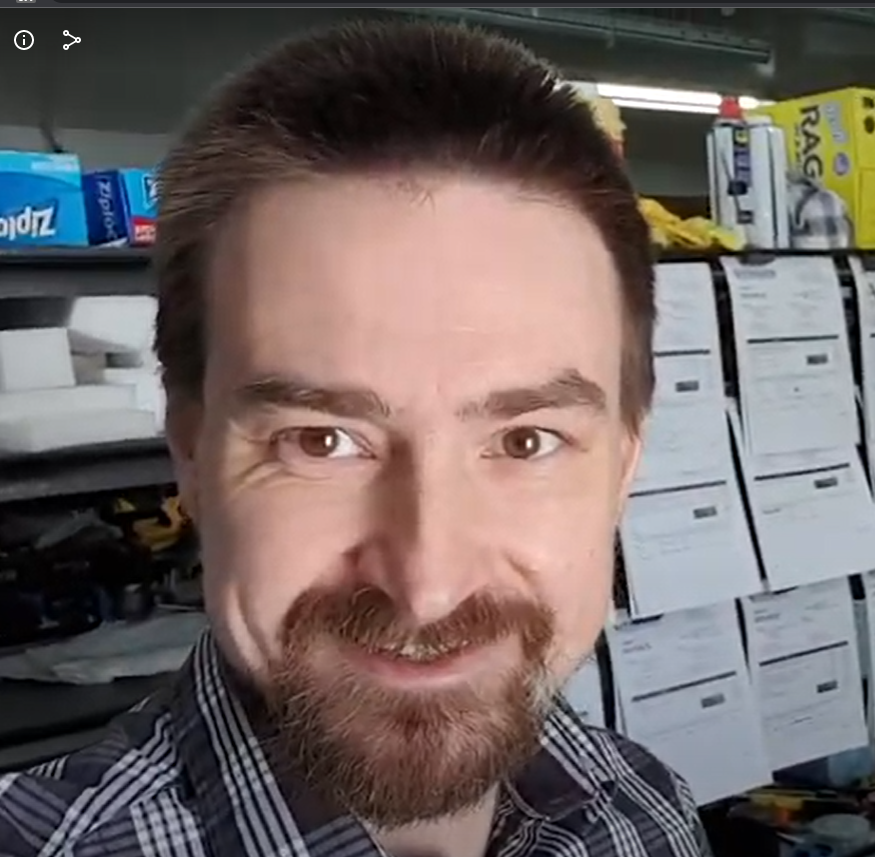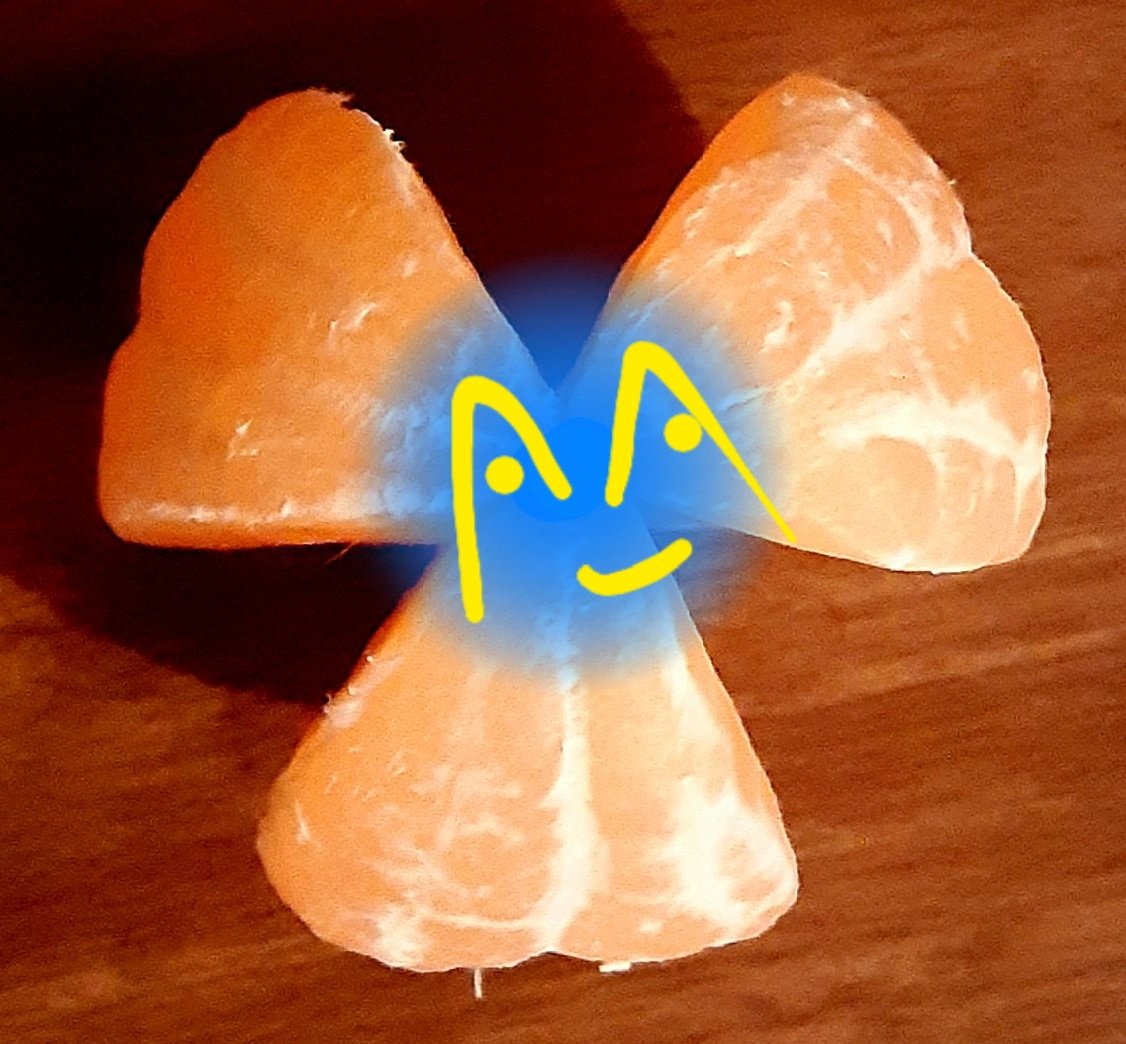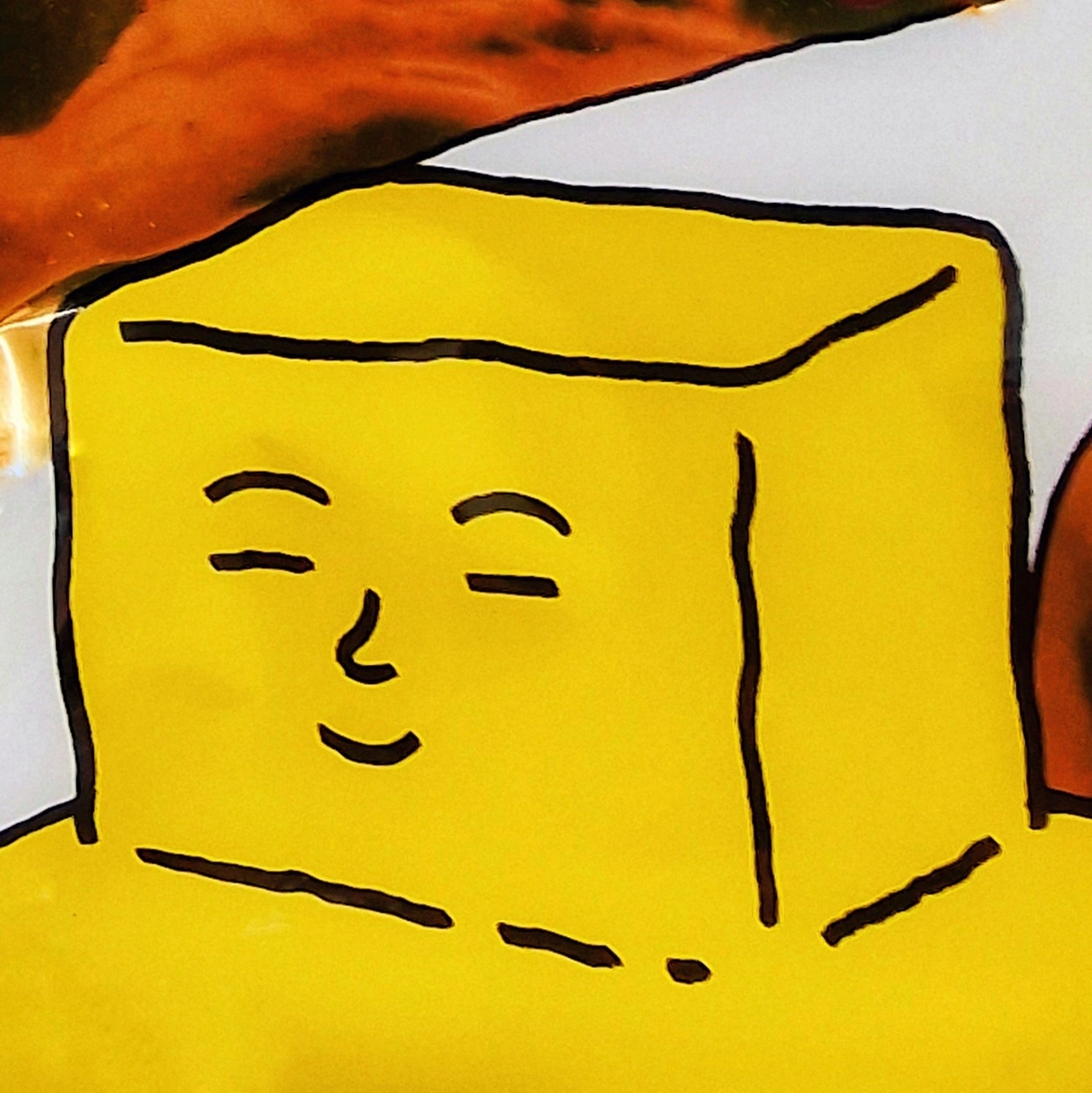I’ll believe it when I see code written for it solving a real problem
I bet they’re going to use it for AI.
The question stands.
I took a course on quantum computing in university. It’s a really neat technology and it can absolutely do things inconceivable by classical computing, but classical computers still do most stuff way better. In a rational world these chips would be developed and then used for their niche purposes, but I’m definitely concerned that this will be another technology indiscriminately shoved in our faces to try to capitalize on a bubble.
Until you see companies selling liquid nitrogen generators, you’re not going to have to worry about anyone pushing quantum chips on the average consumer.
the problem they will eventually solve is how to spy you better and feed you more AI crap
Why not call it Marihuana right away?
The engineers spun it up, and it asked if they wanted to back up their files to OneDrive.
Microsoft has outlined its research in a peer-reviewed paper published today in Nature,
https://www.nature.com/articles/s41586-024-08445-2
explaining how its researchers were able to create the topological qubit. Microsoft has helped create a new material made from indium arsenide and aluminum, and it has placed eight topological qubits on a chipthat it hopes can eventually scale to 1 million.
majorana particle at wiki …i tried marjorana once.
Did you inhale?
oh yeah, got zooted
No, I did not inhale.
Microsoft isn’t using electrons for the compute in this new chip; it’s using the Majorana particle that theoretical physicist Ettore Majorana described in 1937.
Ok now i’m gonna need an explain-like-i’m-not-a-quantum-scientist on what a ‘topological transistor’ is, and what it uses instead of electrons for its compute (and, like, what is the significance?)
Oh man I’ll try, but I can’t make any promises …
Modern particle physics breaks particles down into two groups: Dice that are weighted (bosons) and Dice that aren’t weighted but also aren’t fair (fermions).
Bosons always roll the same number, because they’re weighted.
Fermions always roll numbers, but we have no clue how many sides they have, or what numbers they can even roll because they change each time we roll them.
Classical Computers ignore this problem. They just count the number of dice they have, and are really really good at rolling precise amounts of dice and putting them into specific labelled jars. Their math works by carefully keeping these jars organized, and are limited by how quickly and accurately the CPU can organize amounts of dice.
It turns out if you roll a set of dice enough times, no matter what set of dice you use as long as they are random, you eventually wind up with a similar looking “standard distribution” of probabilities. Quantum computers let us zero out the dice to a fixed starting position, kind of like zeroing out a scale, and then we can use that to make calculations. This process is very sensitive and difficult and has a lot of scaling issues.
Enter Anti-Dice. Anti-Dice are the polar opposites of existing Dice. They are just like all the other particles but they have their numbers printed upside down, and their shapes are inverted.
A Majorana particle is a particle that takes this metaphor even Further BEYOND!!! It is a type of Fermion (dice that we can roll and will give us random numbers instead of the same number each time), but whenever we roll a Majorana particle it turns into its own Anti-Dice. This is a really cool concept that Microsoft is using here as a proof of concept to make a quantum computer that is easier to scale up, because now if we roll say a bunch of 6s and a bunch of -6s, we know it’s actually supposed to be the same number because of how Majorana particles are defined, and we can theoretically use this cheaper and easier method to scale up a quantum chip.
Not sure what to make of this, they’ve got the potential to put a million qubits on a chip, but there’s only 8…
And others have had quantum computers for a while now… so… 🤷🏼♂️
Still a breakthrough for them, so still nice to hear. Yes its Microsoft, but its still nice to see progress in research.
Somehow advanced quantum computing ends up with a steampunk aesthetic.
Fuck no! Keep Clippie software only! And keep it in the recycling folder!











